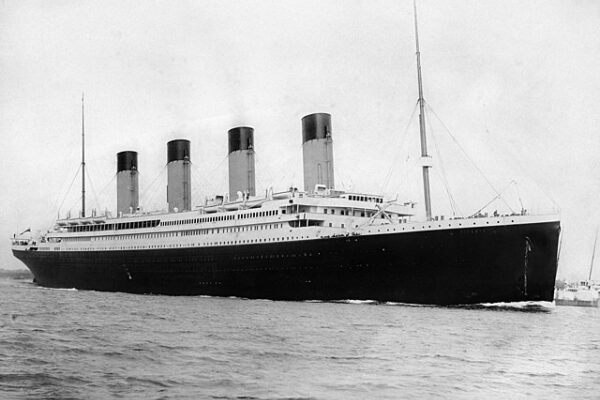
Recently revealed images of the Titanic have shown the “unsinkable ship” in ways that have never been seen before. Using remotely-controlled submersibles deployed by a team on board a boat near the the ship’s final resting place, a crew spent over 200 hours exploring the length and breadth of the world’s most famous shipwreck.
shots from first ever 3d scan of the titanic
fascinating (and eerie as heck) pic.twitter.com/dO1tji6M2k— ian bremmer (@ianbremmer) May 17, 2023
The researcher took over 700,000 images from every possible angle and spliced them together to create the most up-to-date, three-dimensional image that will take your breath away.
BBC writes, “The new scan captures the wreck in its entirety, revealing a complete view of the Titanic. It lies in two parts, with the bow and the stern separated by about 800m (2,600ft). A huge debris field surrounds the broken vessel.
The scan was carried out in summer 2022 by Magellan Ltd, a deep-sea mapping company, and Atlantic Productions, who are making a documentary about the project.
Magellan’s Gerhard Seiffert, who led the planning for the expedition, said it was the largest underwater scanning project he’d ever undertaken.
‘The depth of it, almost 4,000m, represents a challenge, and you have currents at the site, too – and we’re not allowed to touch anything so as not to damage the wreck,’ he explained.
‘And the other challenge is that you have to map every square centimetre – even uninteresting parts, like on the debris field you have to map mud, but you need this to fill in between all these interesting objects.’
Before the wreck’s discovery in 1985, Titanic was long assumed to have gone down in one piece. We now now that the vessel broke apart before reaching its final resting place. The sunken ship now lies in two pieces just under 2000 feet apart and is surrounded by debris.
“The lack of light and intense pressure at a depth of nearly 2.5 miles (4km) means there is little sea life in the vicinity. But iron-eating microbes have colonized the vessel and are gradually transforming the 50,000 tonnes of iron into rusticles. These eventually dissolve into a fine powder and are carried away on ocean currents,” The Guardian noted.
“More than 1,500 people died when the ship, which was carrying 2,224 passengers and crew, sank. This included Capt Edward Smith, who went down with the ship, which was the largest afloat at the time and was billed as unsinkable.”
The expedition held a flower-laying ceremony to honor the memories of those who perished. The company that scanned the ship wrote that it hopes the project “will shed new light on exactly what happened to the liner, which sank in 1912.
[Read More: Soon You Will Be Able To Travel Halfway Around The World In Two Hours]


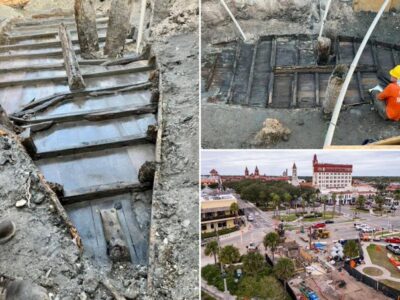

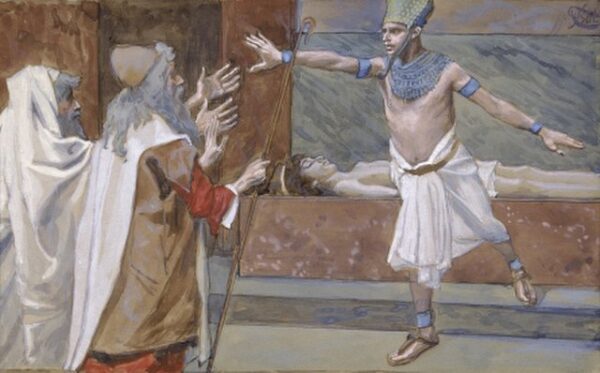



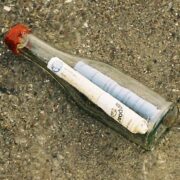
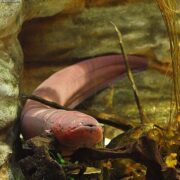
1985 probe showed ship split into 2 when sinking